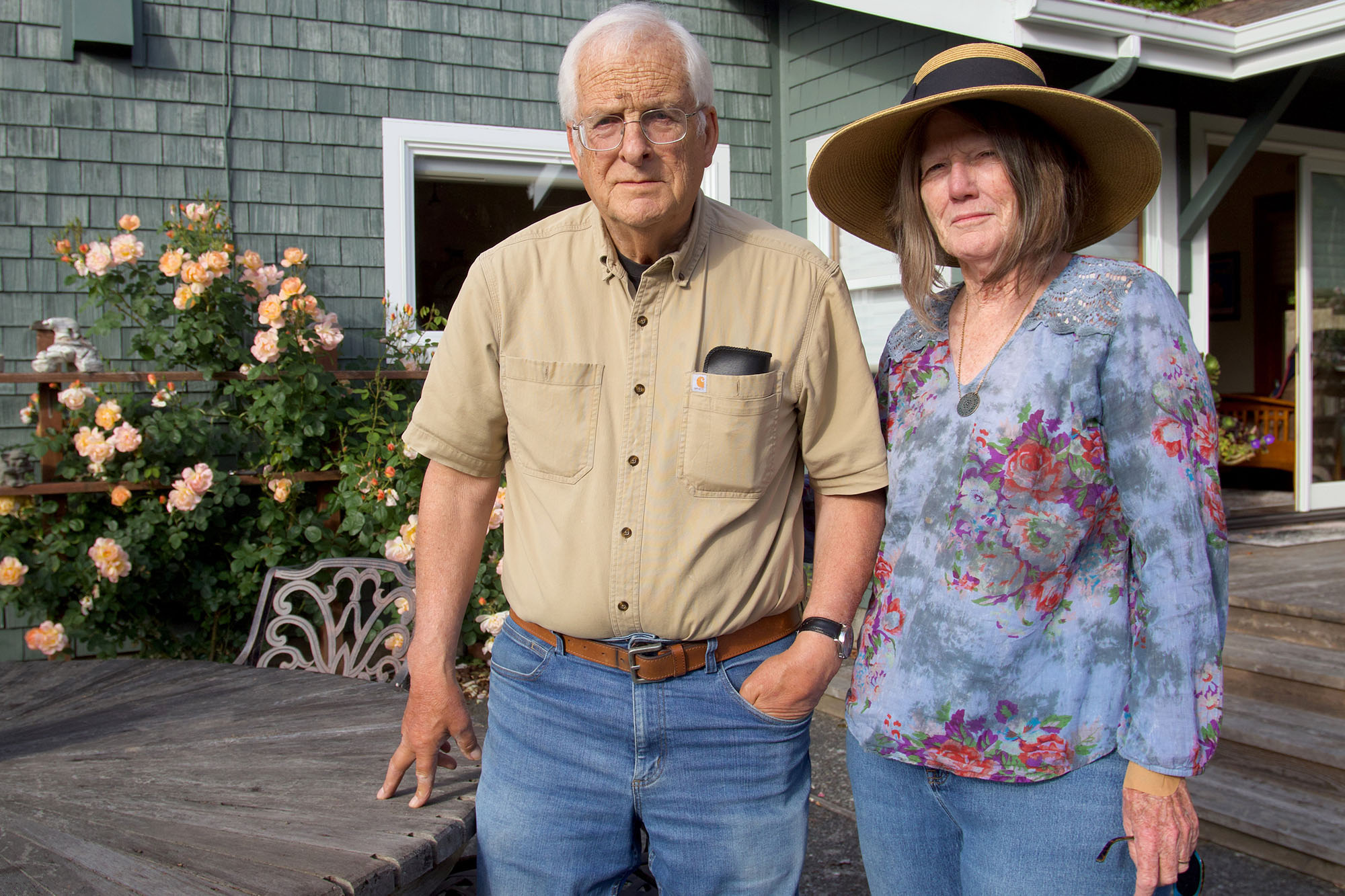View the Report
Jump to All Downloads & LinksNurse practitioners — often referred to as NPs — are the largest group of nonphysician primary care providers and play a growing role in filling gaps in health care provision in both primary care and behavioral health across the state. NPs are registered nurses who have completed additional graduate education to prepare them to deliver a broad range of services including the diagnosis and treatment of acute and chronic illnesses. They provide a broad array of primary, specialty, and acute health services.
To better understand the nurse practitioner workforce, the California Health Care Foundation and the University of California, San Francisco, conducted the Survey of California Nurse Practitioners and Nurse-Midwives from July 18, 2022, to March 31, 2023.
Based on survey findings, CHCF is publishing two reports on this important workforce:
- California’s Nurse Practitioner Workforce: Understanding Demographics, Education, and Scope of Practice. This report presents survey findings from practicing NPs, including information on their demographics, education, practice setting and environment, and characteristics of the patients they serve.
- Nurse Practitioners Practicing in Underserved Communities. This report focuses on NPs who provided patient care in communities they considered underserved.
Key findings from these reports include the following:
- Nurse practitioners are important providers of primary care, especially in underserved communities. More than half of NPs practicing in underserved communities (52%) reported providing primary care. For those providing primary care in underserved communities, 46% spent all their time providing primary care.
- Although nurse practitioners serve diverse patient populations, more needs to be done to increase the diversity of the nurse practitioner workforce. Racial/ethnic concordance between patients and their providers has been shown to increase patient satisfaction and trust in their providers and increase the likelihood of patients of color seeking preventive care. However, only 12% of NPs who practiced in underserved communities were Latino/x compared to 39% of their patients. Thirty-three percent were Asian, Native Hawaiian, or Pacific Islander compared to 14% of their patients, and 7% were Black compared to 14% of their patients.
- Nurse practitioners report high levels of career satisfaction, yet many planned to leave the workforce in the next five years. About three in four practicing NPs overall (77%) and NPs practicing in underserved communities (77%) reported being “very satisfied” or “satisfied” with their careers. At the same time, NPs reported many barriers to providing high-quality care to their patients, especially related to behavioral health care. About half of NPs planned to reduce their hours or leave the workforce in the next five years.
Authors & Contributors
Amy Quan

Jen Joynt
Jen Joynt is an independent health care consultant based in Berkeley, California. Her areas of expertise include quality of care; hospital organization, strategy, and operations; health care workforce trends; and the California health care marketplace. She has authored several reports and policy briefings.





